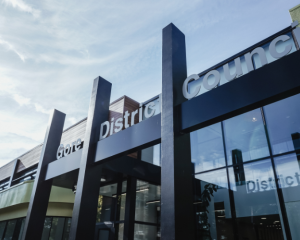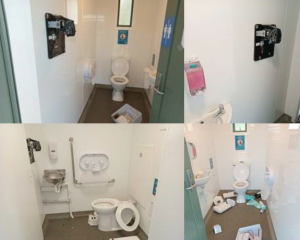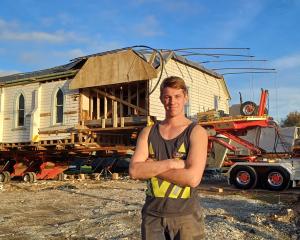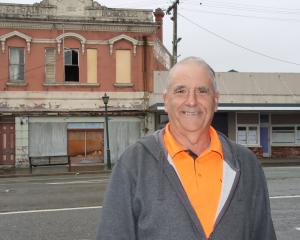The investigation found the snowstorm on September 18, 2010, during which the stadium collapsed was severe, but the roof would not have collapsed had it been constructed to building standards of the day.
The stadium was constructed in 1999 and opened in 2000.
Department of Building and Housing (DBH) deputy chief executive David Kelly said the department was referring the investigation's findings to the police because "the degree of non-compliance was of such an extent that the New Zealand Police should be involved".
It is also referring the department's findings to the Department of Labour and providing a copy to Institution of Professional Engineers New Zealand (IPENZ).
However, the stadium's builders, Amalgamated Builders, have rejected the finding, labelling it as "unbalanced and lacking vital information".
Spokesman Bruce Middleton said, in a statement, he believed the failure of a column connection under snow load initiated the collapse and not the remedial work determined by the DBH report.
"The report fails to balance its conclusions by questioning the original design, and the changes to that design and the remedial work subsequently carried out that were checked and signed off," said Mr Middleton.
"The remedial work to the structural steel was carried out by an experienced structural steelwork company and ultimately signed off by the structural engineer.
"The structural engineers involved in the original design and subsequent changes were the correct authority to deal with this process.
"However, the structural design was flawed from the outset and the structure should have been capable of holding the roof up," Mr Middleton said.
Hyland Fatigue and Earthquake Engineering structural engineer Dr Clark Hyland, who was commissioned by the DBH to investigate the collapse, told a media briefing yesterday the design of the stadium complied to the standards of the day, but substandard steel fabrication and welding lead to the collapse of the building.
"We asked if, as built, [the stadium] would still meet the requirements for the standard, but it would be non-compliant at that point."
Much of the substandard steel fabrication occurred on-site after trusses over the community courts were seen sagging during construction and remedial works were carried out.
During construction, the measurement of the trusses over the community courts were reduced from 9mm to 6mm thick.
Dr Hyland said he did not know why this was. Three of the 9mm trusses remained steady, but one at the western end of the community courts, and the trusses which were reduced at the eastern end, collapsed.
The spine truss holding up the trusses over the events courts also collapsed.
Mr Middleton realised there was an issue with the trusses above the Community Courts when they sagged after the internal linings were installed.
"We immediately notified the consultants, and the Stadium Southland Trust representative asked for a full peer review of the structural design to give everyone peace of mind.
"The structural engineer appointed to carry out that review identified serious design flaws and his company, along with the original design engineers, jointly came up with a truss remedial design and an instruction and structural drawing were issued.
"Further modifications to other parts of the structure were also instructed to be carried out."
Mr Middleton said the DBH report pointed almost exclusively to welding deficiencies as the cause of the collapse, but gave little attention to why the causes occurred.
"It begs the question as to why the authors of the report don't identify the original inadequate structural designs as being the fundamental cause of the roof collapse," he said.
An estimated 0.30kPa of snow was on the roof at the time of collapse, but it was designed to withstand 0.47kPa of snow, he said.
Dr Hyland said if the construction had been inspected thoroughly, the deficiencies should have been identified.
IPENZ is backing the report and recommendations, saying the work of chartered, professional engineers is vital in signing off structural work.
Key factors
A report by the Department of Building and Housing has found four key factors led to the collapse of Stadium Southland:
• Heavy snow fall.
• Problems with remedial work during construction.
• Construction defects.
• Design problems.
It makes five recommendations:
• Undertake research to improve the understanding of snow loadings for New Zealand coastal sub alpine areas.
• Ensure public buildings expected to be affected by snow loadings are not opened for public use until the adequacy of the construction of all roof structural components are appropriately inspected and certified.
• Require snow alarms be installed in public buildings, warning occupants to exit buildings when snow loads exceed design limits.
• Design buildings subject to snow loadings to prevent progressive collapse in the event of a snow overload.
• Mandatory minimum levels of competency set for companies and key personnel undertaking the construction of steel roof structures of public buildings subject to snow loading.
- Written by Leeana Tamat.











